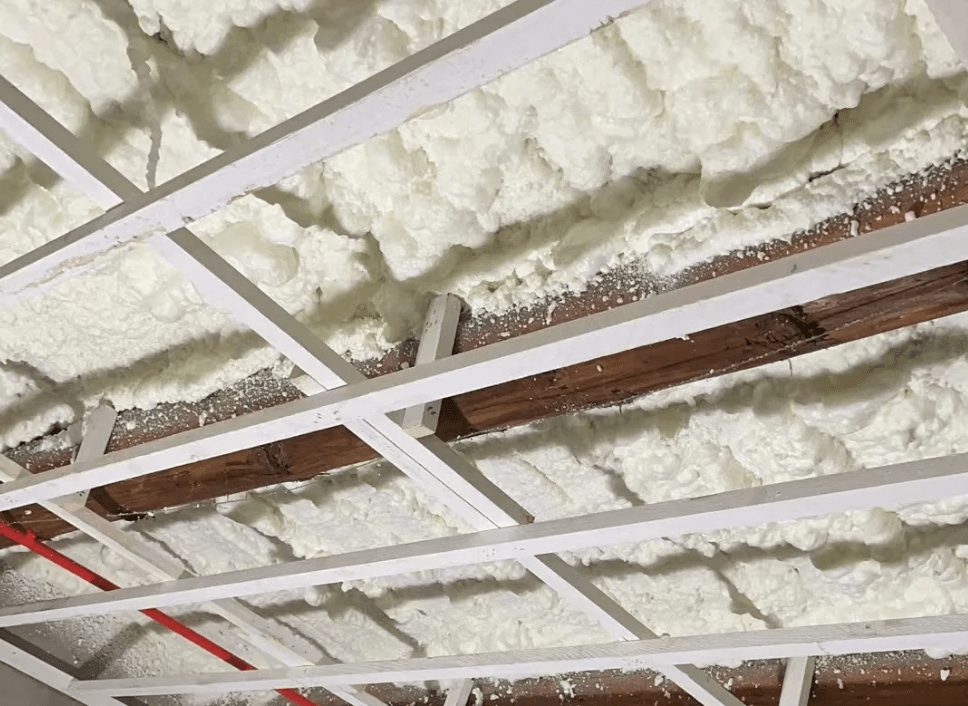Principle of Foam Machine
Foam machine when one loaded with isocyanate and one loaded with polyol two chemical raw materials, according to a certain ratio and temperature fusion chemical reaction, and then foaming.
¨NBSP;
His core component usually has two independent raw material storage tanks, respectively loaded with isocyanate and polyol, the two "protagonists". These two materials are only effective if a chemical reaction occurs, and are stable and harmless when stored separately, but react violently once mixed. The heart of the machine is the high-pressure plunger pump, which can act like a powerful water pump, pumping the two raw materials out of the storage tank separately and pressurizing them to a high pressure of 150-250bar - a pressure that is equivalent to equipping the materials with a "gas pedal" for the subsequent full This pressure is the equivalent of an "accelerator" for the materials, laying the foundation for the subsequent adequate mixing.
The next step is the crucial proportioning process. Using a flow control system, the machine delivers the two ingredients in a preset ratio (typically 1:1 to 10:1). It's like mixing a cocktail, where the ratio of the base spirit to the ingredients is precisely controlled, and a little less or a lot more will affect the final result. For example, a 1:1 ratio might be needed for insulation foam, while a 3:1 ratio might be needed for high-strength structural foam, all of which can be precisely set via a knob on the machine or a digital panel.

The raw material then enters the heating module. Heating wires wrapped around the outside of the tubes stabilize the temperature of the material at 40-60°C. This is an important step - just as in kneading, where the dough has to be warmed up to the right temperature before it can be shaped, the heated material flows better, reduces clogging in the tubes, and allows for a better subsequent reaction. Especially in winter, if you don't heat it up, the sticky ingredients may get "lazy" in the pipes, resulting in a dry and brittle spray foam.
The best part is in the mixing chamber. Two ingredients under high pressure are rushed into the mixing chamber through tiny nozzles, like two high-speed streams of water colliding violently, instantly churning into a homogeneous mixture. Some machines will also install a small stirrer in the mixing chamber, like a whisk to further stir, to ensure that the two ingredients "you have me, I have you". The mixed material is sprayed through the gun and starts to "grow" the moment it comes into contact with the air - the isocyanate and polyol react to produce carbon dioxide gas, which is trapped in the material to form countless small bubbles that expand like bread when it's fermenting, and cures into foam within a few minutes. It cures into a foam.
The whole process is interlocked: the lack of purity of raw materials will lead to uneven reaction, unstable pressure will make the foam density fluctuate, heating temperature deviation of more than 5 ℃ may make the foam cracks. For example, in the construction of cold storage insulation, the machine must ensure that the error in the proportion of raw materials is not more than 1%, otherwise the foam insulation performance will be reduced by more than 30%. This is why the quality equipment will be equipped with double filtration system, pressure sensor and automatic temperature control device, just like adding multiple insurance to this "material magic".



